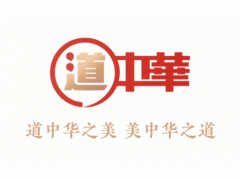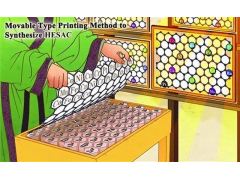Recently, a flexible packaging colleague reported that when they were making a composite with a structure of PET12/reverse printing ink/two-component PU glue/CPP, the last layer of white ink was all bonded to the adhesive and separated from the previous ink. Come on, I want to ask what the reason is?
The first reason: when used, the color ink is a composite ink, while the white ink is a surface printing ink.
It is understood that many manufacturers use this method to save the cost of white ink. There are many types of surface printing inks, such as: chlorine-vinyl resin ink, perchlorethylene ink, polyamide ink, acrylic ink, nitro ink, etc., which can be used as Polyurethane glue dry composite surface printing inks, some of which have certain compatibility with composite inks, such as polyamide inks.
At this time, when white polyamide ink is used as the base color of the composite ink, it has a certain bonding force with the composite ink layer. However, most surface printing inks have no affinity with the composite ink and cannot produce bonding force. Therefore, this The white ink will separate from the anti-printing layer of the composite ink.
The second reason is that the dosage of titanium dioxide in white ink is 25% to 33%, which is much larger than that of pigment in the same color ink, which is 9% to 12%. If the same amount of binder is used, compared with the color ink, , the bonding force will be greatly reduced.
For this reason, the amount of binder used in white ink should be appropriately increased so that it can have the same bonding adhesion as the same color ink.







